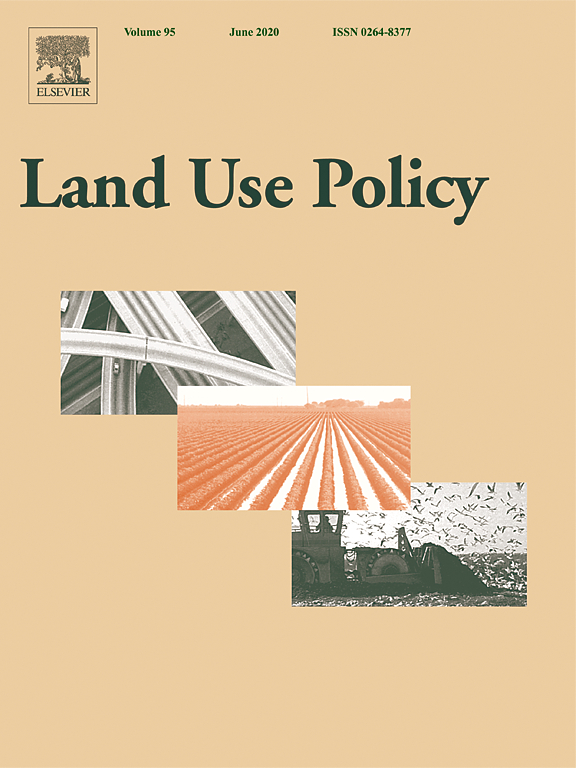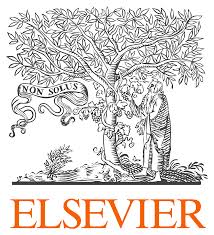Location
Land Use Policy is an international and interdisciplinary journal concerned with the social, economic, political, legal, physical and planning aspects of urban and rural land use. It provides a forum for the exchange of ideas and information from the diverse range of disciplines and interest groups which must be combined to formulate effective land use policies. The journal examines issues in geography, agriculture, forestry, irrigation, environmental conservation, housing, urban development and transport in both developed and developing countries through major refereed articles and shorter viewpoint pieces.
Land Use Policy aims to provide policy guidance to governments and planners and it is also a valuable teaching resource.
ISSN: 0264-8377
Members:
Resources
Displaying 116 - 120 of 279Identifying drivers of land degradation in Xilingol, China, between 1975 and 2015
Land degradation occurs in all kinds of landscapes over the world, but the drivers of land degradation vary from region to region. Identifying these drivers at the appropriate spatial scale is an essential prerequisite for developing and implementing appropriate area-specific policies. In this study, we investigate nine different driving factors in three categories: human disturbance, water condition, and urbanisation.
Agroforestry creates carbon sinks whilst enhancing the environment in agricultural landscapes in Europe
Agroforestry, relative to conventional agriculture, contributes significantly to carbon sequestration, increases a range of regulating ecosystem services, and enhances biodiversity. Using a transdisciplinary approach, we combined scientific and technical knowledge to evaluate nine environmental pressures in terms of ecosystem services in European farmland and assessed the carbon storage potential of suitable agroforestry systems, proposed by regional experts.
Revisiting forest transition explanations: The role of “push” factors and adaptation strategies in forest expansion in northern Phetchabun, Thailand
Researchers and policy makers are increasingly looking at the drivers of forest recovery (or forest transition) for inspiration in their search for win-win solutions to deforestation. However, causal generalizations regarding forest transitions are subject to significant problems. First, forest transition theory (FTT), at least in its simplest renditions, tends to emphasize socially benign processes and fails to pay sufficient attention to the causal role—and social impacts—of negative (push) dynamics.
Adoption of improved amaranth varieties and good agricultural practices in East Africa
This study quantifies the adoption of improved amaranth varieties in Kenya and Tanzania, and the extent to which these result from international vegetable breeding research conducted by the World Vegetable Center (WorldVeg) and partners. The study used expert elicitation and a questionnaire survey among vegetable seed producers. Nine expert panels were conducted involving 123 local experts. The results show that improved amaranth varieties were planted on 51% of the planted area in Kenya and 70% in Tanzania.
Survey methodologies of urban land uses: An oddment of the past, or a gap in contemporary planning theory?
The primary objective of this article is to review the evolution of urban land-use survey methodologies during the last century, with a special focus on the methodologies concerning field surveys that are conducted for urban planning purposes. Our review reveals, on the one hand, that there has been a steep decrease of interest in the further development of these methodologies over the last 50 years, and, on the other, that they have been seriously trivialized, as shown by the simplistic and empirical approach to land-use survey methodology in contemporary textbooks.



